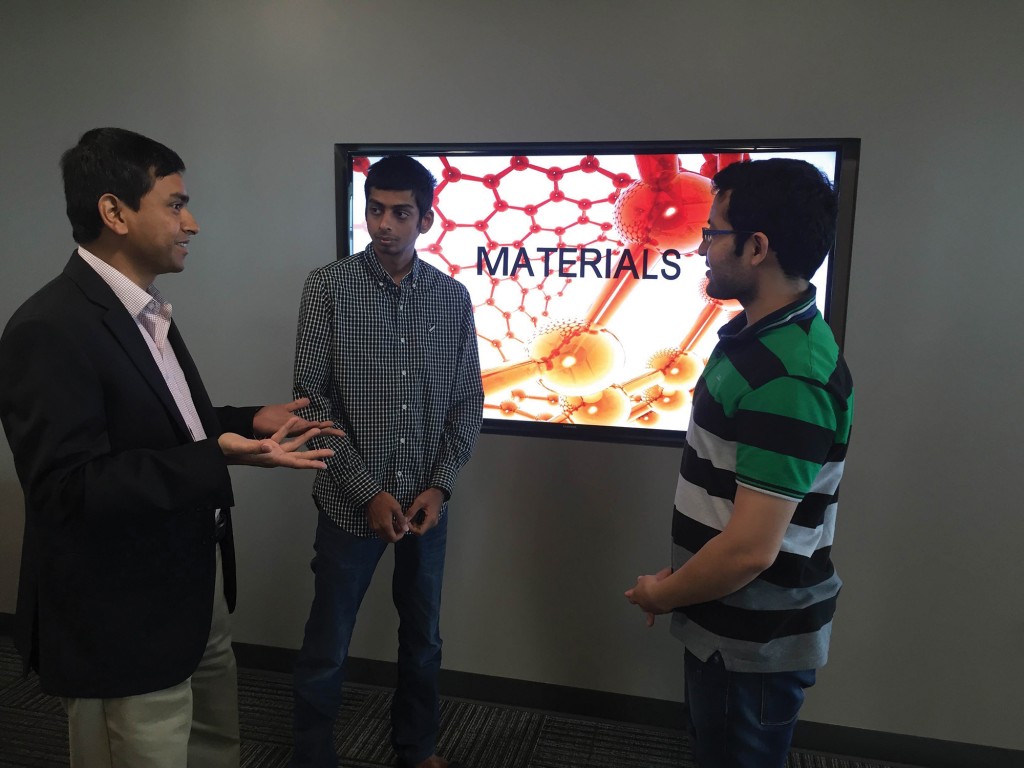As the world looks for cleaner and more sustainable sources of energy for both transportation and electric power generation, fossil fuels continue to be a reliable and cost-effective source. Particularly, natural gas shows the most promise among the fossil fuels for both minimal overall environmental impact and extent of availability.
Methane is the predominant component of natural gas, the major component of shale gas, and it can also be retrieved as landfill gas, biogas, coalbed methane, and stranded natural gas.
The overall production, storage, and transportation of methane, however, is a critical technology issue. In order to efficiently prepare, produce, and transport methane, it must be separated from impurities like Carbon Dioxide (CO2), Nitrogen (N2), Hydrogen Sulfide (H2S), and other gases. Due to the presence of these contaminants and their high separation cost, more than 10% of the total U.S. natural gas reserves and numerous coalbed methane, landfill gas and biogas sources are currently not economically viable to produce.
The expensive cost of separation is tied to two major issues: the energy consumed in the separation process and extensive resources for processing. Additionally, once the methane is separated, it must be stored for consumption or transport. Because separation and storage technologies have a history of independent development, energy is often expended twice: during the regeneration of materials for separation and during compression for storage. For stranded gas sources, isolated landfills, or even unconventional gas fields, infrastructure and transport avenues may not exist at all.

A solution to this problem could exist in a new way of tackling this issue: the Plug and Store method. This new method, conceived by Dr. M. M. Faruque Hasan, an assistant professor in the Artie McFerrin Department of Chemical Engineering, and his research group, involves the integration of the methane separation process with the storage process. Hasan will simultaneously separate and store methane in the same vessel and use that vessel to transport the methane for processing, thereby eliminating the need for a separate purification step. He aims to intensify the process through using advanced materials such as metal-organic frameworks (MOFs), a class of nanoporous crystalline materials that exhibit both selectivity and capacity for methane. These MOFs may be able to address, or even resolve this problem.
For many years, scientists have been using MOFs to independently demonstrate both selective separation and storage capabilities. The inherent ultrahigh surface areas and numerous structural possibilities that are possible with MOFs have resulted in significant research on microporous materials.
However, two major challenges remain. First, materials with high selectivity for separation often do not have high-deliverable capacity for storage, and second, materials with high-deliverable capacity for storage often do not have high selectivity for separation. The challenge that Hasan will address is the identification or development of a MOF material with a high ability and high readiness to store methane, but also a material that does not store – but instead filters out – undesirable impurities. This is particularly challenging, since methane typically adsorbs less onto microporous materials than CO2.
He and his group will design and optimize a process that will take mixtures of contaminated methane and pass them through an empty vessel packed with an MOF-based adsorbent, and then vent the purge gas – primarily the contaminants – at the opposite end. Hasan will work to minimize the steps in the process, perhaps even maintaining the same pressure that the gas is under as it comes from the well. For each of the gas mixtures, he will identify the optimal process and the timing to minimize the overall cost of methane production, storage, and transportation, including the entire process from the well to the transport vehicle or power plants.
As an essential component of the analysis, Hasan and his collaborators are considering MOFs, which will enhance the process performance. Unfortunately, the most suitable MOFs for a future separation and storage technology are most likely unknown at this time. Hasan will use a multi-scale screening method to find the MOFs that will purify and store methane in the most energy-efficient and cost-effective manner. Process optimization will be introduced to generate a rank-ordered list of MOFs based on the total cost of separation and storage.
This research will ideally identify the best materials to address the problem, design the optimum process for separation and storage, and identify the least expensive route of implementation, factoring in the initial investments, operating costs, and the cost of materials.
If successful, this single-step separation and storage route will clear a path for easier access to a cleaner alternative to liquid transportation fuels, minimize energy-intensive separation processes, and secure low-cost and sustainable energy for the future.





